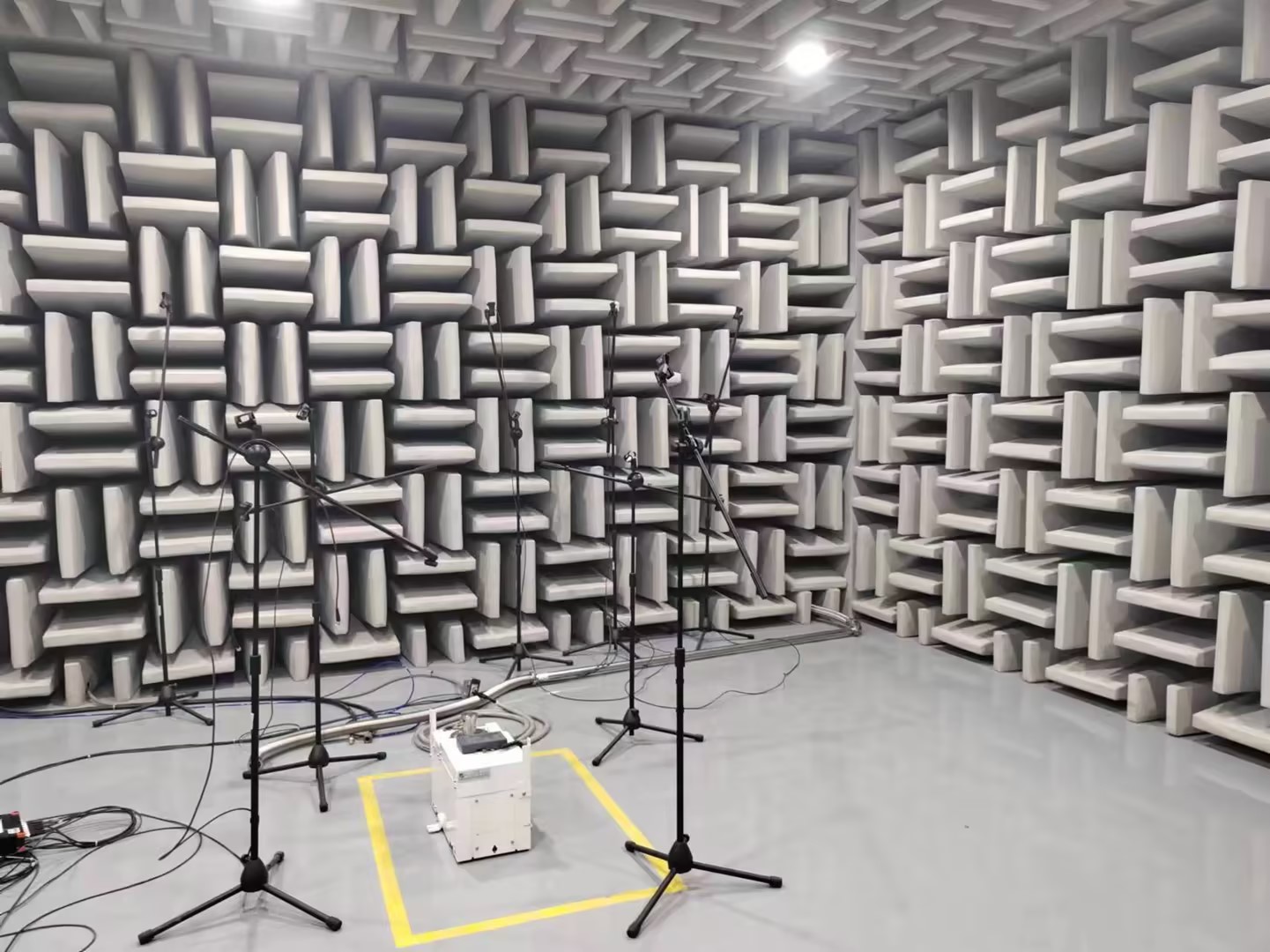In addition, often working in a strong noise environment can also cause noise-induced deafness.Preventing noise hazards should be considered from three aspects: sound source, transmission path and receiver.This is the fundamental measure to prevent noise
hazards;different solutions should be adopted according to specific circumstances.Use silent or low-pitched equipment to replace noisy equipment, such as using hydraulic pressure instead of noisy forging,using welding instead of riveting, using shuttleless instead of shuttle woven fabrics, etc.,
all of which can achievebetter results. Noise sources that are allowed to be located remotely in production, such as fans, motors, etc.,should be movedoutside the workshop or isolation measures should be taken. In addition, trying to improve the precision of the machineand minimize the impact, friction and vibration of machine parts can also reduce production noise. Factory design in progressWhen doing so, the sound source should be properly configured. Separating factories that produce strong noise from residentialareas, and separating high-noise workshops from low-noise workshops can also reduce the harm of noise.
1) Sound absorption: Use sound-absorbing materials to decorate the inner surfaces of the workshop, such aswalls and roofs, or hang space sound absorbers in theworkshop to absorb radiation and reflect sound energy to reducethe noise intensity. Materials with good sound absorption effects include glass wool, slag wool, foam plastics, felt, cottonwool, aerated concrete, sound-absorbing panels, wood wool boards, etc.
2) Silencing: Use a device that can prevent the propagation of sound and allow air flow to pass through, that is,a muffler. This is the main measure to prevent aerodynamic noise. Mufflers include resistive mufflers that use sound-absorbing materials to muffle sound, resistive mufflers made based on the filtering principle, and impedancecomposite mufflers designed using the above two principles.
3) Sound insulation: In some cases, certain materials and devices can be used to seal the sound source and isolate it from the surrounding environment, such as sound insulation covers and sound insulation rooms. The sound insulation structure should betight to prevent resonance from affecting the sound insulation results.
4) Vibration isolation: In order to prevent vibration noise from being transmitted through solid materials such as floors and walls, vibrationreduction devices, such as rubber pads, asphalt, etc., are installed at the foundation of the machine and the connections between floors and walls.
5) Health care measures: Strengthen personal protection. When the noise in the production site cannot be controlled temporarily,or when you need to work under special high-noise conditions, wearing personal protective equipment is an effectivemeasure to protect the hearing organs. Earplugs are the most commonly used type, and their sound isolation effect can reach about 30 decibels.The noise in the city and the loud honking of horns will make us feel uncomfortable. When we can stay away from the noise, we should stay away. When we can't stay away, we should find ways to solve it and prevent
